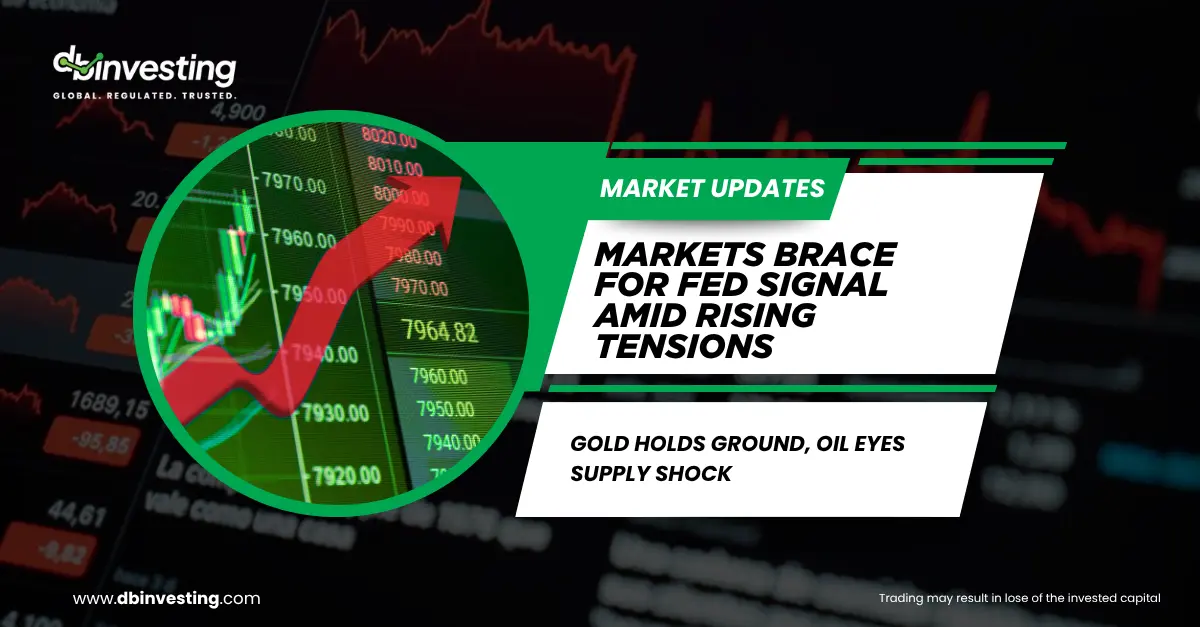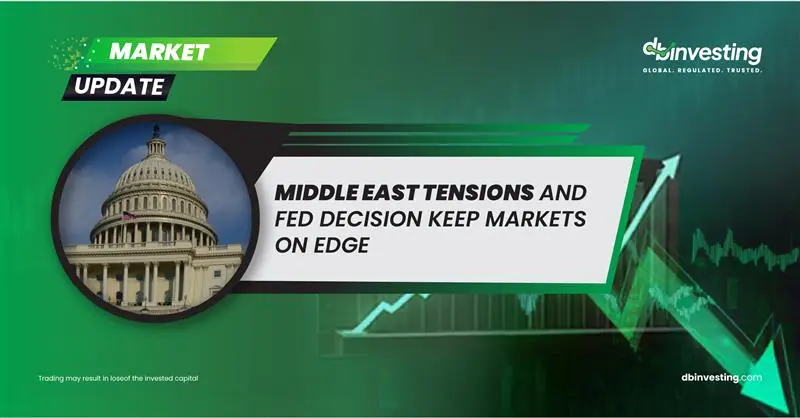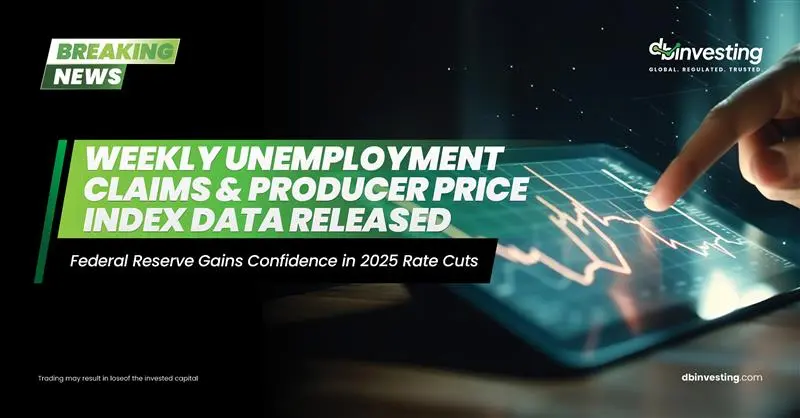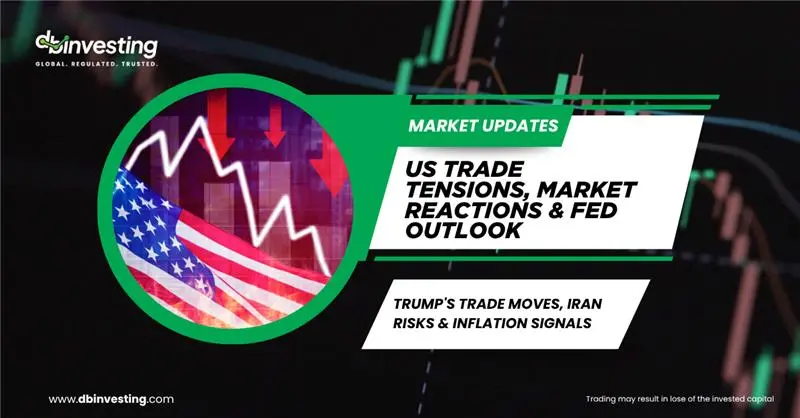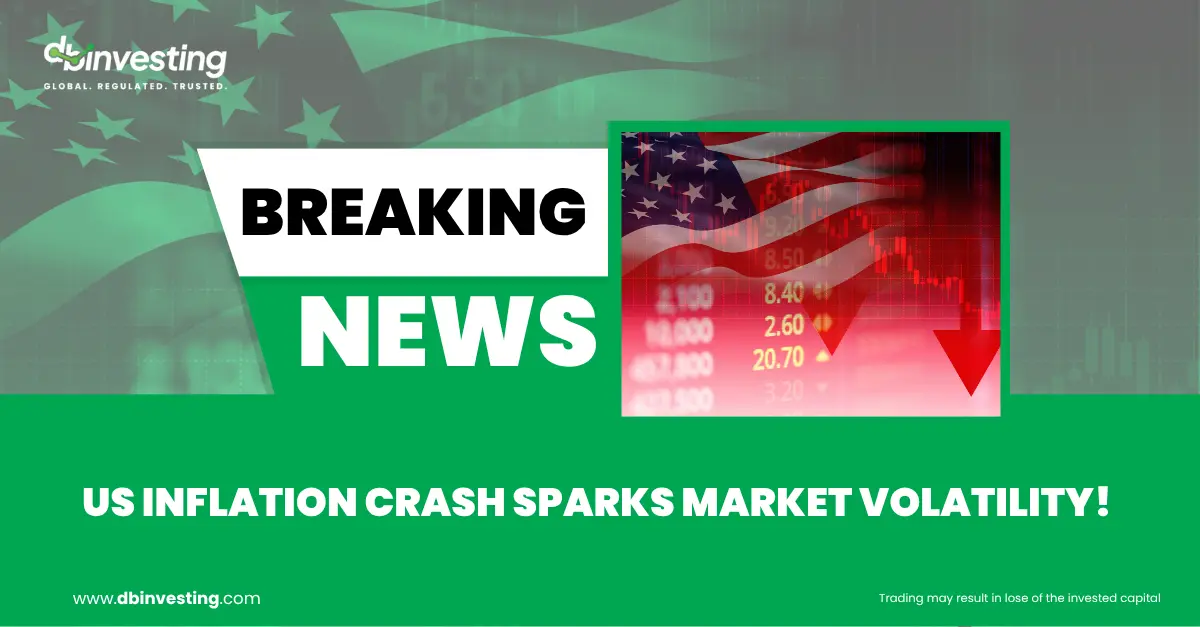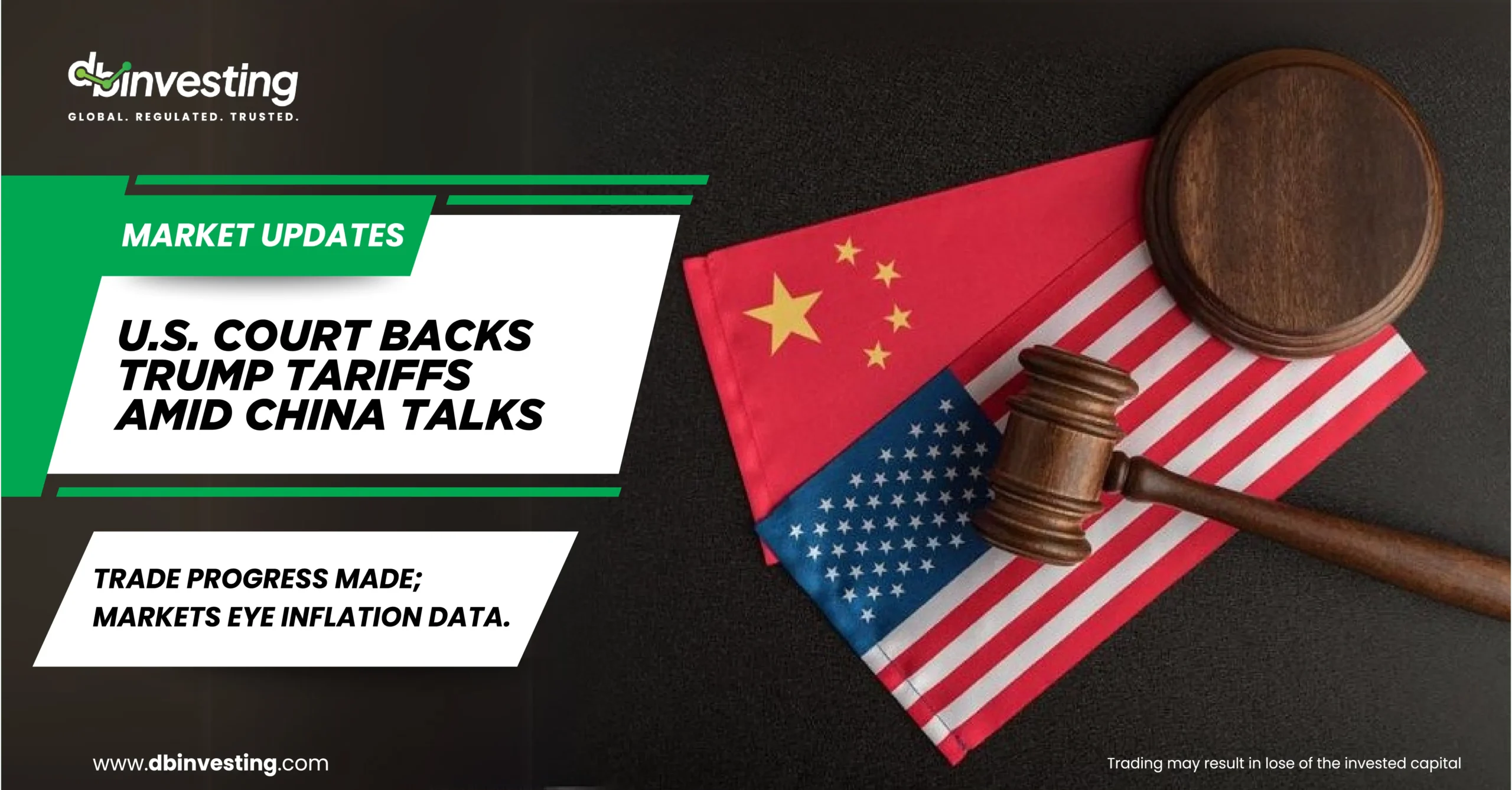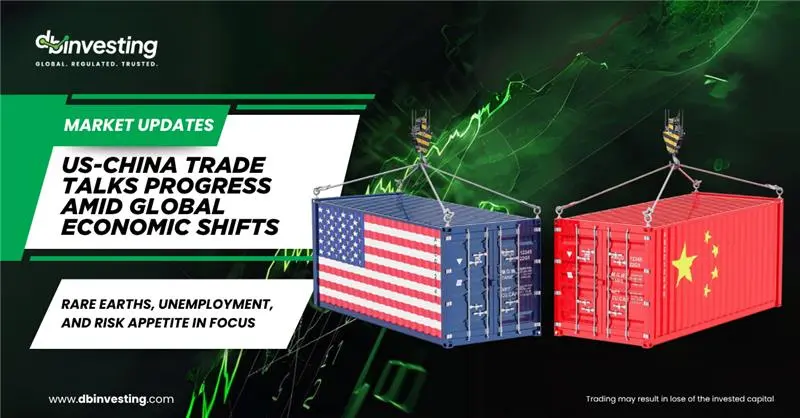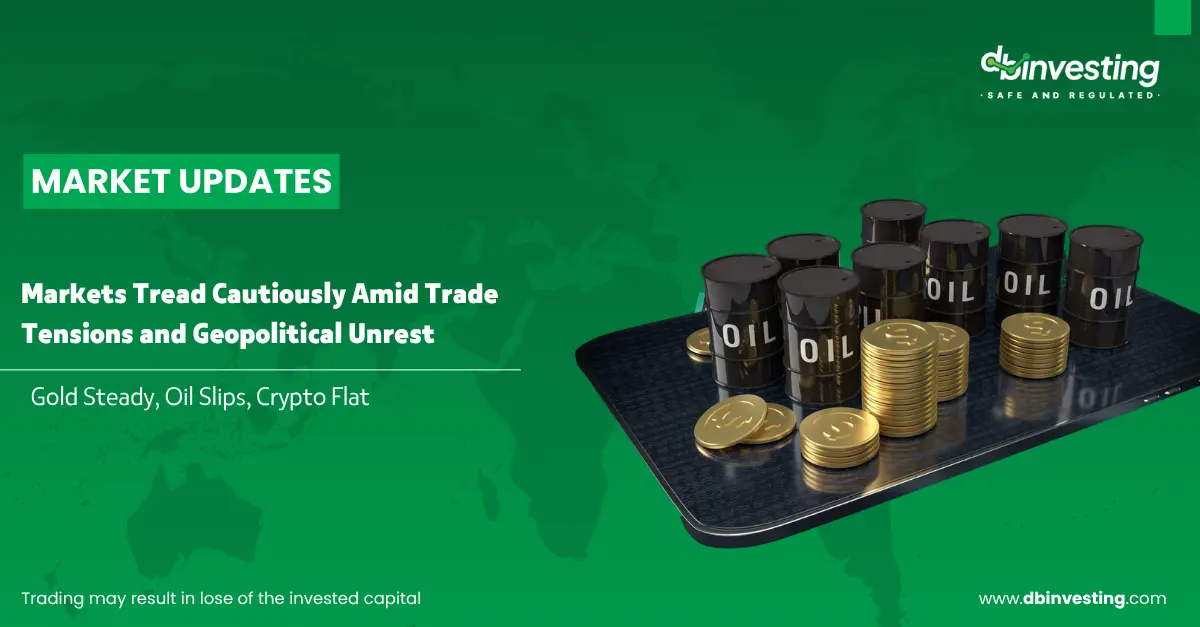Gold Holds Ground, Oil Eyes Supply Shock
Geopolitical Risks
- Gold prices held steady in Asian trading on Wednesday as investors remained cautious ahead of the Federal Reserve’s interest rate decision later in the day.
- Demand for safe-haven assets rose amid escalating tensions between Israel and Iran, with reports hinting at potential direct U.S. military involvement.
- Reuters reported that the U.S. military is deploying more fighter jets to the Middle East and extending the deployment of others. Although the Pentagon described the move as defensive, it sparked concerns of U.S. escalation.
Central Bank Policies
- The Fed is expected to maintain current interest rates, but markets are watching closely for updated economic projections.
- Weak U.S. retail sales data (-0.9% in May) strengthened expectations for a potential rate cut later this year.
- In the UK, inflation eased slightly in May (3.4% vs 3.5% previously), but remained well above the Bank of England’s 2% target. The BoE is expected to keep rates steady in its Thursday meeting.
Commodities & Currency Moves
- Crude oil inventories fell by approximately 10.1 million barrels, compared to expectations of a 600,000-barrel drop.
- Gasoline stocks dropped by 202,000 barrels, while distillate stocks rose by 318,000 barrels.
- Asian currencies moved narrowly as risk sentiment stayed muted, while the dollar dipped slightly ahead of the Fed meeting.
- Ongoing geopolitical instability and tighter oil supply expectations could further support oil prices.
Conclusion:
With the world watching both the Federal Reserve and the Middle East closely, markets are navigating a complex mix of geopolitical uncertainty and shifting economic signals. Safe-haven demand, policy clarity, and energy supply will remain key drivers in the coming days.
